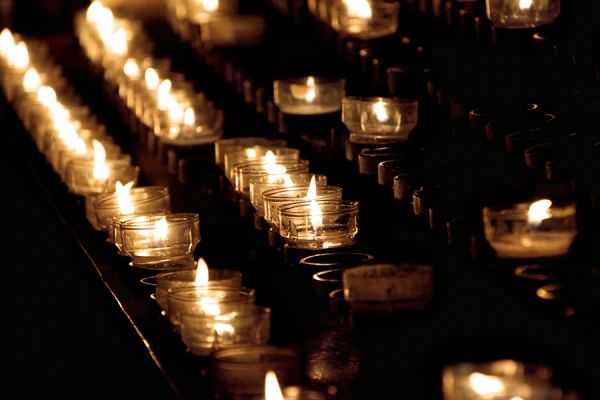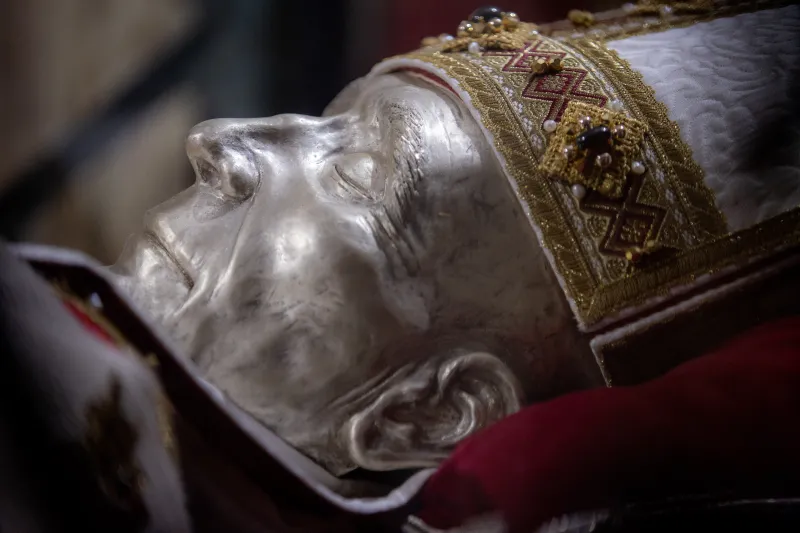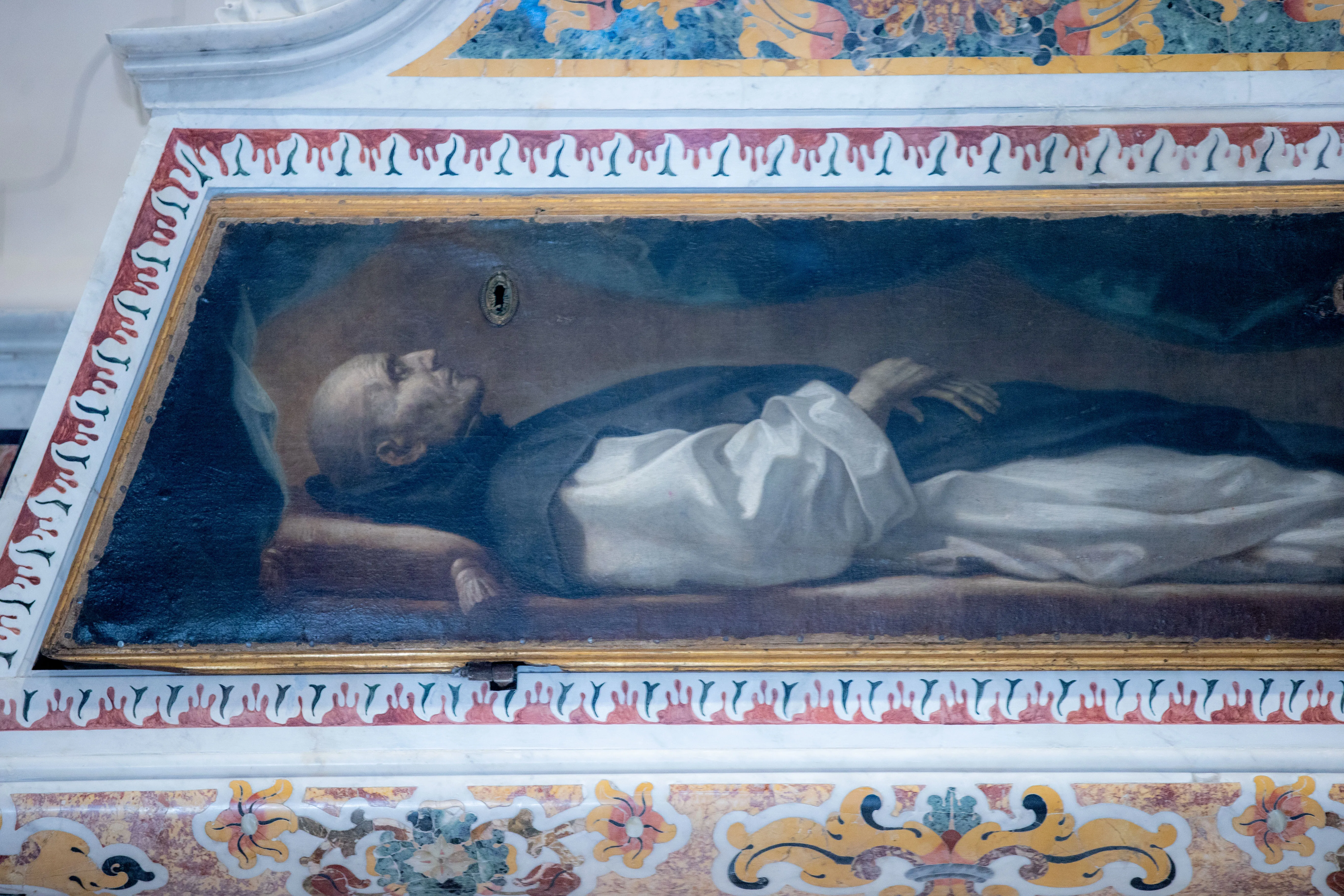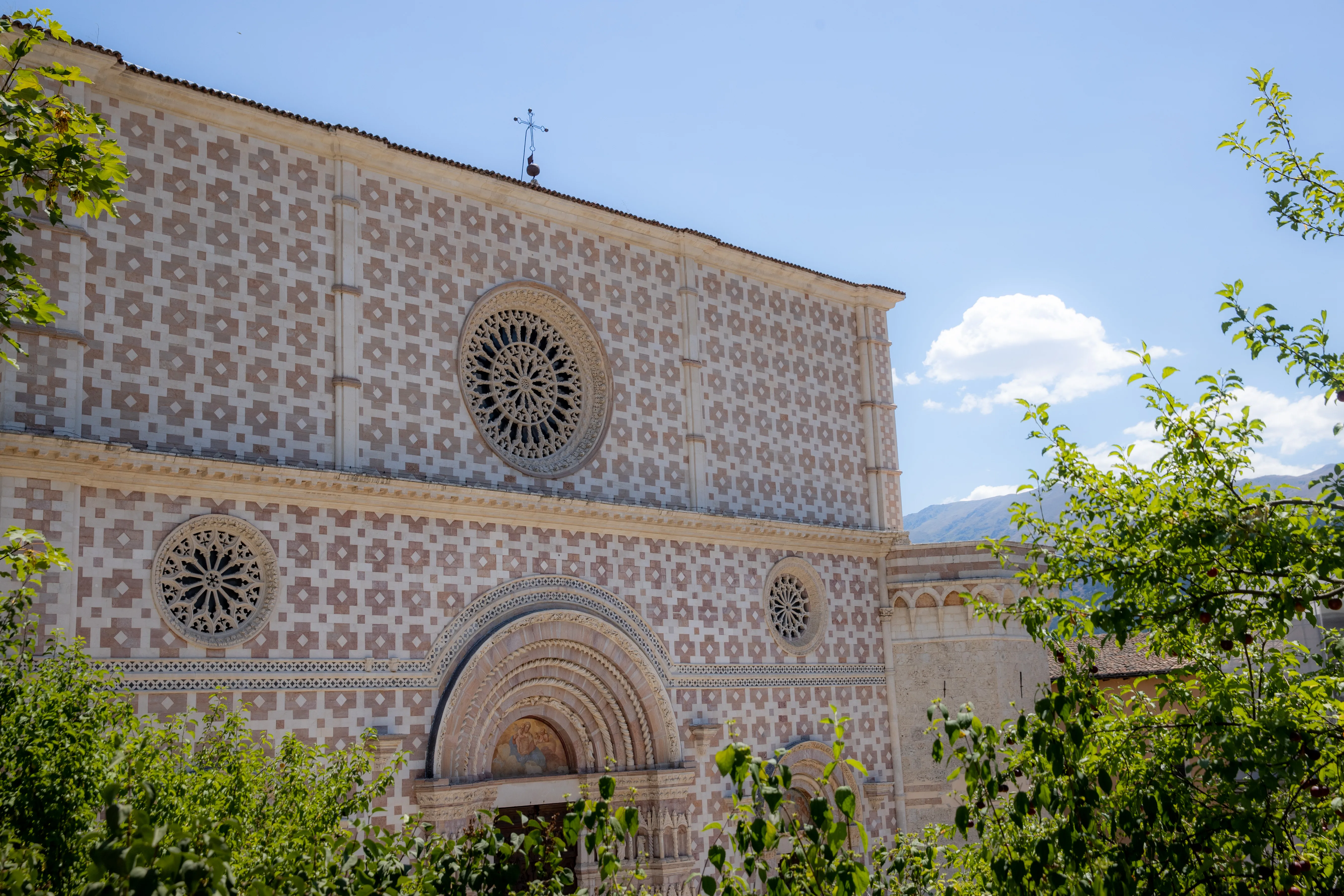
Rome Newsroom, Jul 13, 2021 / 13:00 pm (CNA).
The Order of Friars Minor announced Tuesday the election of Rome-native Fr. Massimo Fusarelli to be their newest minister general.
Fusarelli, 58, was elected by the order for a term of six years. The election was confirmed by Cardinal João Braz de Aviz, prefect of the Vatican’s Congregation for Institutes of Consecrated Life and Societies of Apostolic Life.
“Minister general” is the term used for the leader of the Order of Friars Minor. The title comes from chapter 8 of the Rule of St. Francis.
Fusarelli will be the order’s 121st successor of St. Francis of Assisi, who founded the Franciscans in the 13th century on the hillsides of Umbria, central Italy. He succeeds Fr. Michael Perry, a native of Indianapolis, who led the order since 2013.
“May the Holy Spirit guard and guide Br. Massimo in the service of the brothers of the Order and of the whole Church,” a press release on the Franciscan order’s website said.
In a telegram to Fusarelli released July 13, Pope Francis said: “Having learned of your election, I congratulate you and assure you of my prayers and blessings, that the Lord may assist and protect you in the performance of your service.”
“May the Seraphic Father St. Francis be an encouragement to you in the guidance of your friars.”
Fusarelli has been provincial minister of the Province of St. Bonaventure, which covers the Italian regions of Lazio and Abruzzo, since July 2020.
Born in Rome, Fusarelli received the Franciscan habit in 1982 at the age of 19. He professed solemn vows in 1989 and was ordained a priest later the same year.
He studied theology at the Pontifical University of St. Anthony, also called the Antonianum, in Rome. He received a licentiate in patristic studies from Rome’s Augustinian Patristic Institute.
Fusarelli was a general visitor for the Province of Naples and for the unification process of the provinces of northern Italy.
From 2003 to 2009, the Franciscan priest was the general secretary of formation and studies.
If you value the news and views Catholic World Report provides, please consider donating to support our efforts. Your contribution will help us continue to make CWR available to all readers worldwide for free, without a subscription. Thank you for your generosity!
Click here for more information on donating to CWR. Click here to sign up for our newsletter.









Leave a Reply